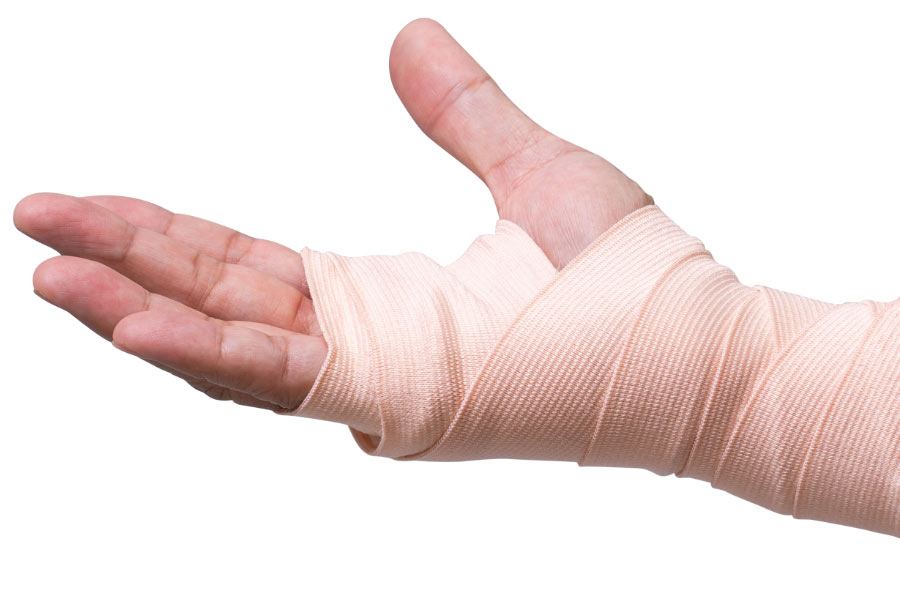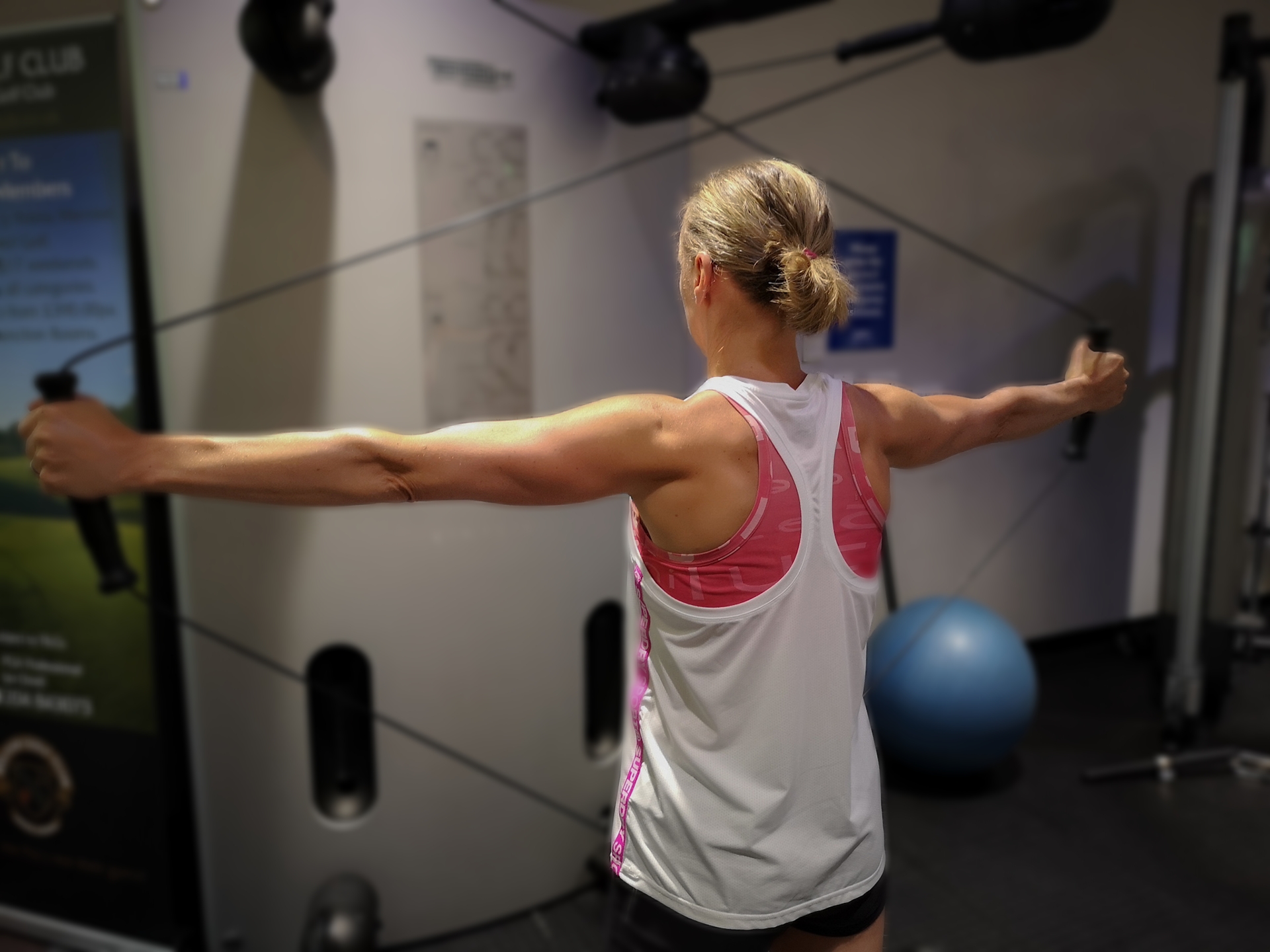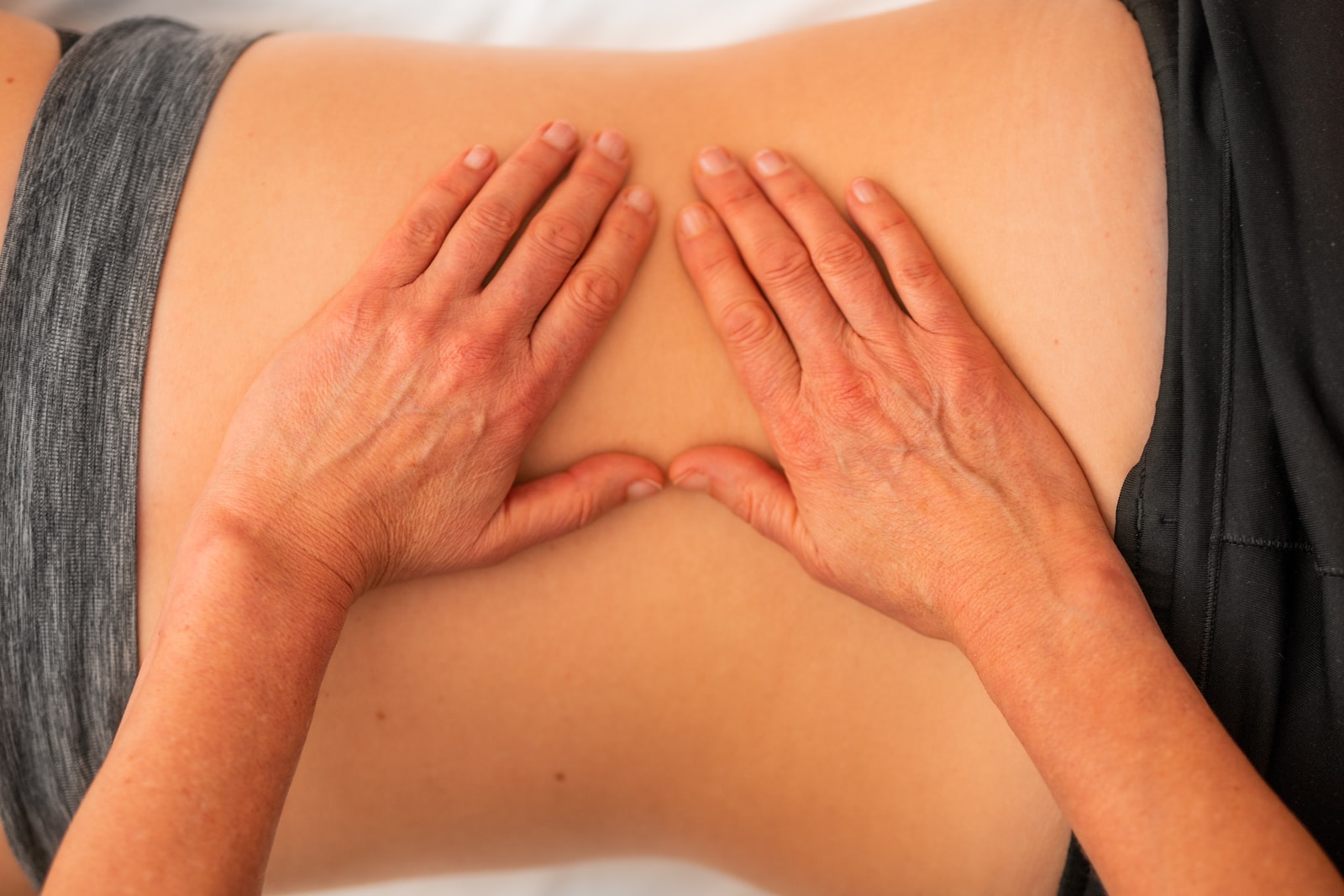The Top 5 Boxing Injuries and How to Prevent Them
Before we get started,
We should probably refer you to last week’s post. You see, rather ironically, Andy Hosgood – a leading physiotherapist and one of our co-founders here at Summit Physio – found himself incapacitated as the result of boxing injuries, albeit rather unconventional ones.
With boxing clearly being a sport athletes need to prepare themselves for, we thought it was worth getting the inside scoop on what the top boxing injuries are, and – more importantly – how athletes can prevent them, whether in training or in the ring.
And, surprisingly, tearing your Achilles tendon isn’t on the list.
1. Boxer’s Fracture
“Boxer’s fracture” usually occurs when an athlete hits a hard object with an incorrect punching technique. As a result, it tends to be more commonplace in beginners.
The fracture itself usually occurs in the “neck” – the bones of your fingers that are actually inside the fleshy part of your hand – of your ring or little fingers, sometimes both. It can also occur in other fingers, but this is less likely.
How to prevent it: The best way to prevent boxer’s fracture is to hone your punching technique. Focus on ensuring that the first knuckle to hit the ‘target’ is that of your middle finger. It also helps to include plenty of dairy in your diet to get the calcium you need to make the bones in your hand stronger.

2. Lacerations
Lacerations occur when your skin splits open, leaving a noticeable cut. In boxing, this is typically the result of a high-impact blow to an area of skin close to the bone, notably in areas surrounding the eye. For the most part, minor lacerations are nothing to worry about, but if left untreated they can lead to serious infections.
How to prevent them: It’s usually dry skin that is more prone to splitting, so one of the best preventative measures you can take is to keep your skin well-hydrated with oils and lotions. You can use the same technique to prevent nosebleeds via Aloe Vera nasal sprays and saline water nose drops.
3. Trigger Finger
Trigger finger is a condition in which a finger gets locked in a bent “trigger” position, before suddenly releasing very painfully. It tends to occur in boxers because they have to clench their fists tightly in order to make effective strikes.
How to prevent it:After a workout, soak your hands in warm water to allow the muscles and tendons in and around your fingers to relax. You should also try to stretch your fingers in frequent intervals during training, massaging your hand gently as you do so.

4. Carpal Bossing
Carpal bossing appears in the shape of a lump on the back of the hand where the bones in your fingers and your wrist meet. It occurs as a result of punching incessantly over an extended period of time. It can be very painful, impeding your boxing ability in future.
How to prevent it: Make sure that you wear gloves that have extra padding during sparring, and weigh around 16 ounces. You should also revisit your wrapping technique, ensuring that you aren’t wrapping around your knuckles too tightly or too loosely. You should also apply an ice pack to your hand if it becomes inflamed or begins to ache.
5. Shoulder Impingement
Repeated blows to the acromion (the bone that covers the shoulder joint) can result in what is known as shoulder impingement. This can be identified if an athlete finds they experience pain when moving their arm to a point that is level with their shoulder. This can lead to muscle weakness and long-term ligament damage, so should be avoided at all costs.
How to prevent it: The main preventative measure you should take is simply to make sure your shoulder ligaments are stretched before training or sparring. Cross each arm across your chest, stretching them properly by hooking your other arm across the elbow. Shoulder impingement can also be incurred from a bad defensive technique that relies too much on the upper arms, so revisit your stance and blocking method with an instructor.
If you need help with any symptoms of boxing injuries then BOOK IN online or call 0800 731 2738 to see a Summit Clinician.
You can also find lots more tips on everything from strength training to help with lower back pain in our Blog.
Keep up to date with all of our latest news and advice by following us on Facebook, Instagram & LinkedIn.






